Curry is more than just a dish—it’s an explosion of flavor, culture, and tradition. It spans continents, adapts to local ingredients, and warms hearts with every bite. From rich, creamy gravies to fiery, spice-laden sauces, curry has become one of the world’s most beloved comfort foods.
But here’s the question:
Which country eats the most curry in the world?
Answer: India.
Without a doubt, India consumes the most curry in the world. Curry is a daily staple in Indian households, celebrated in thousands of regional forms, and deeply woven into the nation’s culinary identity. What makes this even more unique is that India leads the way in vegetarian curries, offering a vast, vibrant array of meat-free options that are flavorful, hearty, and nourishing.
This article will explore:
- The origins and meaning of curry
- Why India tops the global curry consumption chart
- Popular vegetarian curries across India
- How curry traveled the world
- Curry in other curry-loving countries
- The global rise of vegetarian curry
- Fun facts and health benefits of curry
Let’s begin our flavorful journey!
What Exactly is Curry?
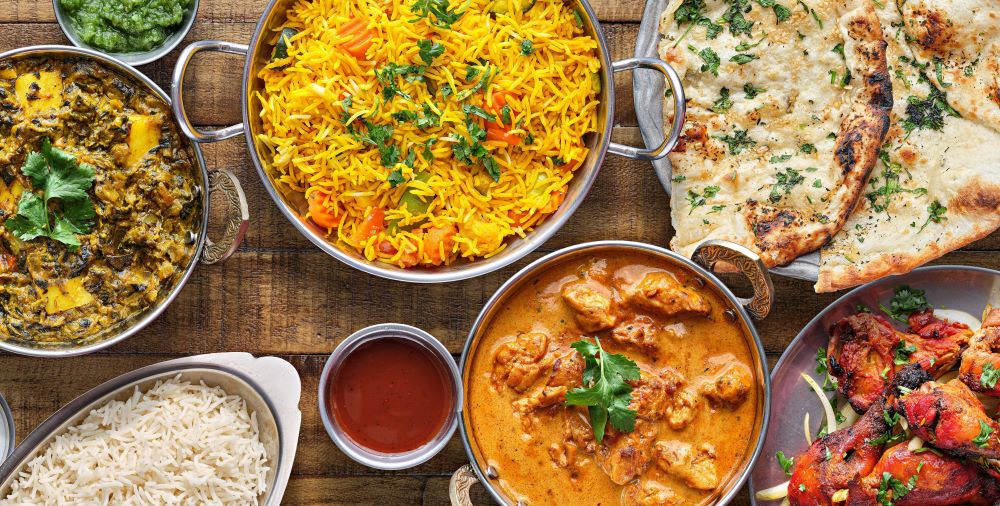
The word “curry” doesn’t refer to one single dish. Instead, it describes a broad category of spiced preparations—typically featuring a gravy or sauce base made with onions, tomatoes, yogurt, coconut milk, or cream and enhanced by a medley of spices.
Curry can be:
- Mild or spicy
- Thick or soupy
- Sweet, tangy, or savory
- Made with vegetables, legumes, or paneer (cottage cheese)
Curry isn’t just food—it’s a cooking philosophy that blends spices like turmeric, cumin, coriander, ginger, garlic, and chili in infinite ways.
India: The Undisputed Curry Capital
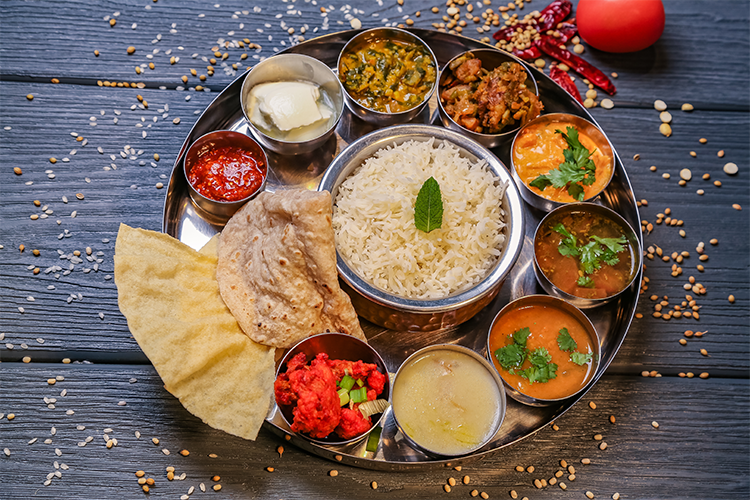
India is not only the birthplace of curry but also its most passionate consumer.
Curry in Everyday Life
- Curry is eaten three times a day in many Indian homes.
- Every region—from Punjab to Kerala—has unique vegetarian curry styles.
- According to a recent food survey, over 60% of Indian meals involve some form of curry.
A Haven for Vegetarian Curries
India has the world’s largest vegetarian population, estimated at over 400 million. This makes it a global leader in meatless curry innovation.
Here are some iconic vegetarian Indian curries:
Paneer Butter Masala
Rich, creamy tomato-based gravy with soft cubes of cottage cheese (paneer). A North Indian favorite.
Baingan Bharta
Roasted eggplant curry mashed with spices, onions, and tomatoes. Smoky and deeply flavorful.
Palak Paneer
Spinach-based curry with paneer. Mild and nourishing.
Aloo Gobi
Potato and cauliflower curry spiced with turmeric, ginger, and cumin. A simple yet soul-satisfying dish.
Vegetable Korma
A mild, nut-based curry with mixed vegetables, saffron, and cardamom. Often enjoyed during festivals.
Chana Masala
Chickpeas cooked in a tangy tomato-onion base, seasoned with garam masala. A protein-rich street food and home favorite.
Sambar (South India)
A tangy lentil and tamarind-based curry made with drumsticks, pumpkin, carrots, and beans.
Rajma Masala
Red kidney beans in a thick, spiced tomato curry. Often served with basmati rice (rajma chawal).
How Curry Conquered the World
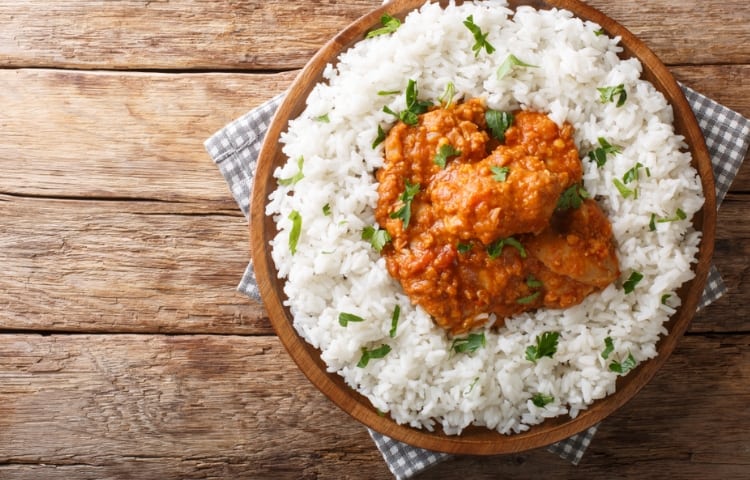
Curry left Indian shores with merchants, colonizers, and migrants—evolving in every country it touched.
United Kingdom
Curry is the national dish of the UK, with vegetarian tikka masala and lentil dal among the favorites. Over 90% of Brits eat curry regularly, and “curry houses” are a cornerstone of British dining.
Thailand
Thai curries are lighter and often coconut-based. Vegetarian Thai green curry, red curry, and massaman curry are incredibly popular globally.
Japan
Japanese curry is thick and sweet, often served with rice. While commonly meat-based, vegetarian Japanese curry made with carrots, potatoes, and apples is a popular option, especially in schools and households.
Malaysia & 🇮🇩 Indonesia
These countries have diverse curry traditions. Vegetarian curries made with tofu, tempeh, okra, and eggplant are staples.
South Africa
Cape Malay curry, rich with cinnamon, cloves, and mild spice, has strong Indian influence and is often made vegetarian using lentils or chickpeas.
Trinidad & Tobago
Indian migrants brought curry to the Caribbean. Vegetarian curries include chana (chickpeas), aloo, and pumpkin.
Vegetarian Curries on the Rise
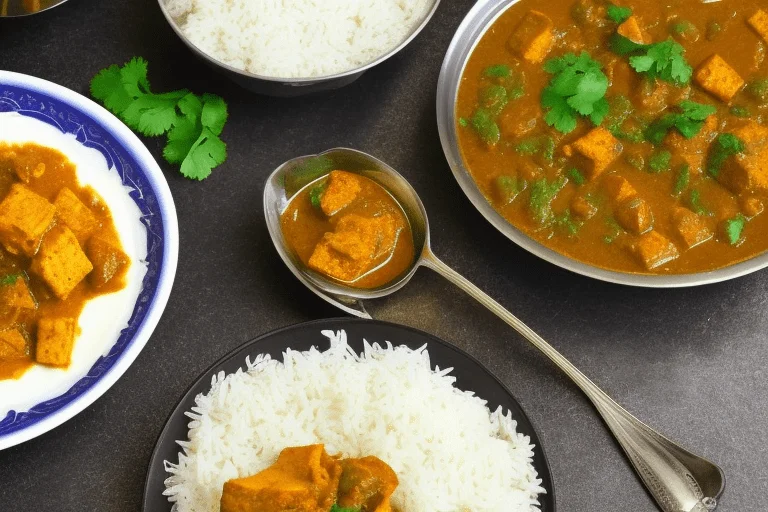
With growing awareness about health, animal welfare, and sustainability, vegetarian curry consumption is booming worldwide. Leading reasons include:
Health Benefits
- Packed with fiber, vitamins, and antioxidants
- Rich in plant-based protein
- Boosts metabolism and immunity thanks to spices like turmeric and ginger
Eco-Friendliness
Plant-based curries have a far smaller carbon footprint than meat-based ones.
Cultural Variety
Vegetarian curries are endlessly adaptable, drawing from global spices, local produce, and homegrown traditions.
Ingredients That Make Curry Magical
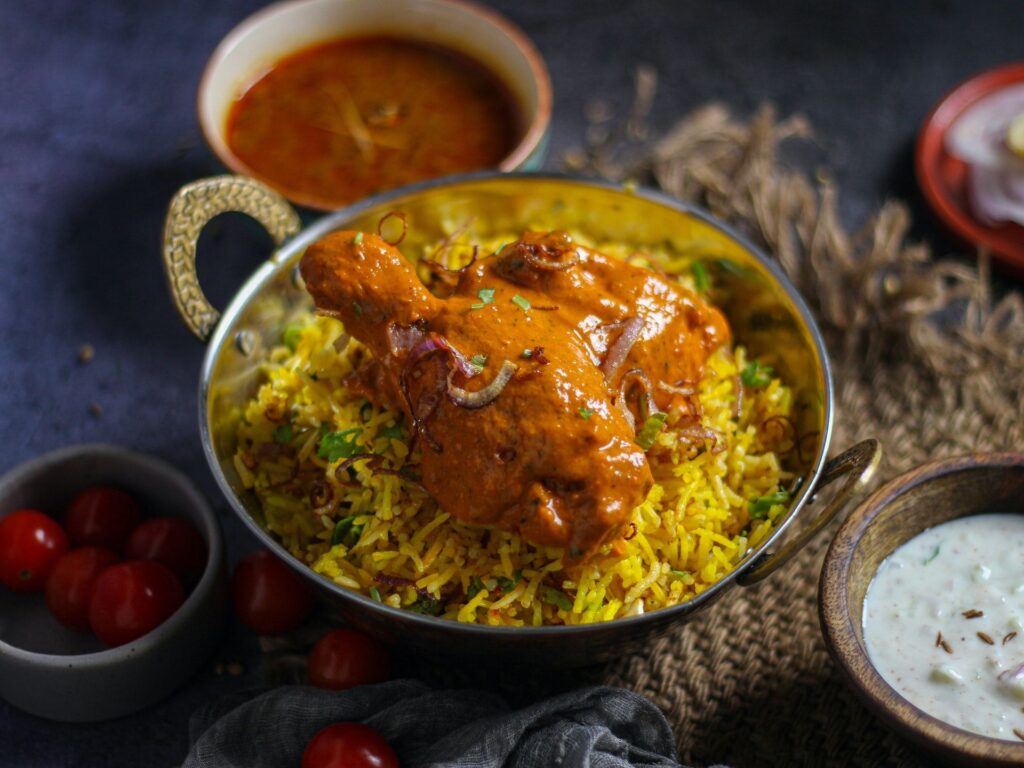
No meat? No problem! Vegetarian curries shine thanks to these wholesome ingredients:
- Legumes: Lentils (dal), chickpeas, kidney beans
- Vegetables: Potatoes, cauliflower, eggplant, okra, spinach
- Dairy (for lacto-vegetarians): Paneer, cream, yogurt
- Spices: Turmeric, cumin, coriander, fenugreek, mustard seeds
- Oils: Ghee (clarified butter) or plant-based oils like coconut or mustard
- Herbs: Fresh cilantro, curry leaves, mint
Curry Culture: Traditions, Rituals & Serving Styles
- In India, curries are typically served with flatbreads (roti, naan) or rice (basmati, jeera rice, lemon rice).
- In South India, a traditional vegetarian meal (thali) includes several mini curry dishes.
- Curries are central to festivals, weddings, and religious ceremonies, where vegetarian versions are often mandatory.
Global Demand for Vegetarian Curry
According to recent food industry reports:
- Google searches for “vegetarian curry recipes” increased 120% over the last 5 years.
- Vegan and vegetarian Indian restaurants are opening across major cities like London, New York, Sydney, and Berlin.
- Supermarkets now carry ready-to-eat plant-based curry pouches, from dal makhani to Thai red curry.
Fun Facts About Curry
- Curry powder doesn’t exist in India—spices are freshly ground per dish!
- The word “curry” was coined by British colonizers, based on the Tamil word “kari” (meaning sauce).
- Curry leaves, used widely in South Indian cuisine, are not related to curry powder.
- Some curries, like vindaloo, are so spicy that eating contests are held around the world.
Final Thoughts: Curry is King—and India Reigns Supreme
So, which country eats the most curry in the world? India, and by a wide margin. But what’s more impressive is the incredible variety of vegetarian curries it has given the world.
From creamy paneer gravies in the north to coconut-based vegetable stews in the south, curry in India is more than food—it’s heritage, health, and heart. As the world leans toward meat-free living, curry is the ultimate example of how vegetarian cuisine can be flavorful, fulfilling, and universally loved.
So go ahead—grab your spoon, scoop some steaming curry onto your plate, and enjoy a world of flavor without a trace of meat.





